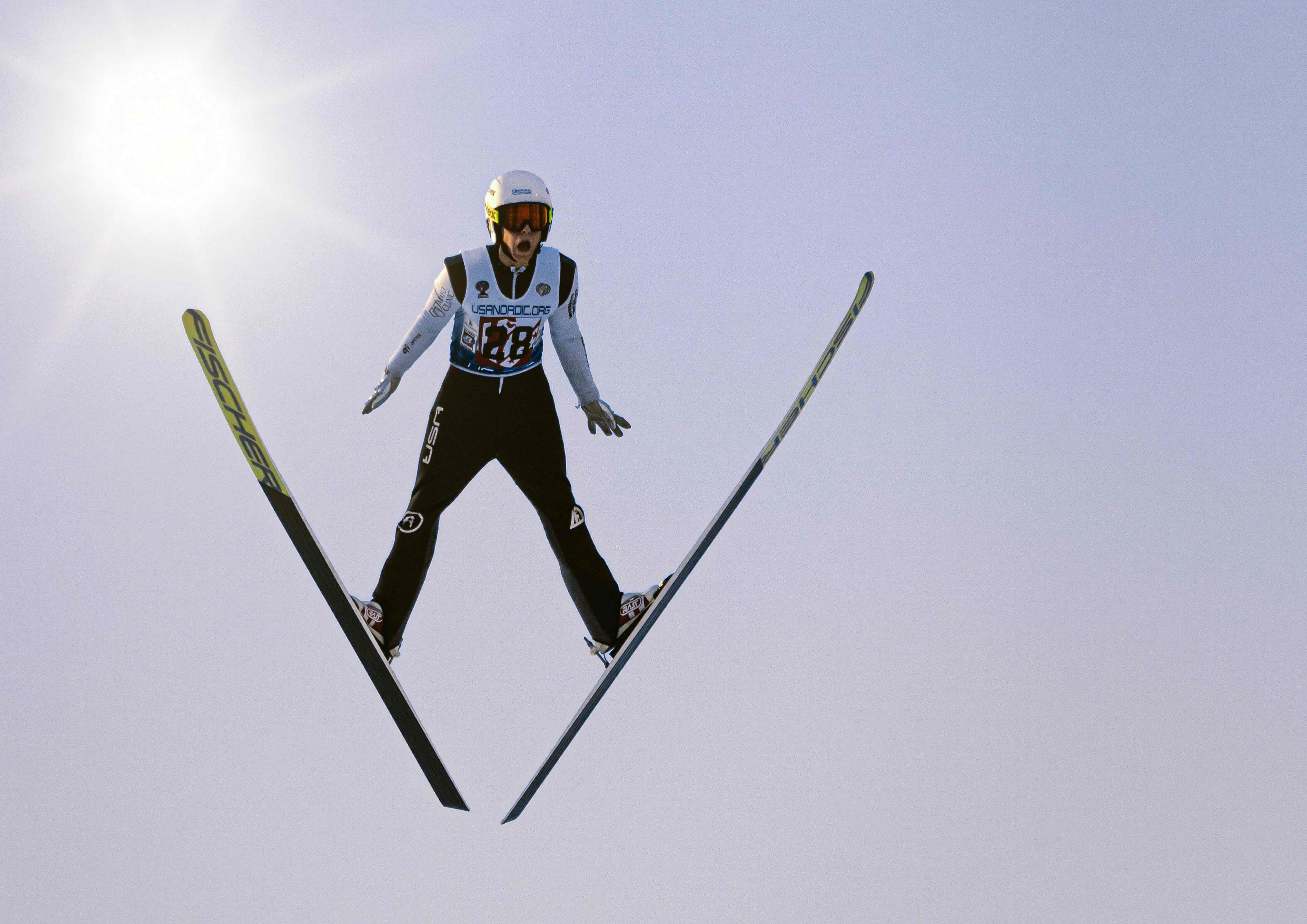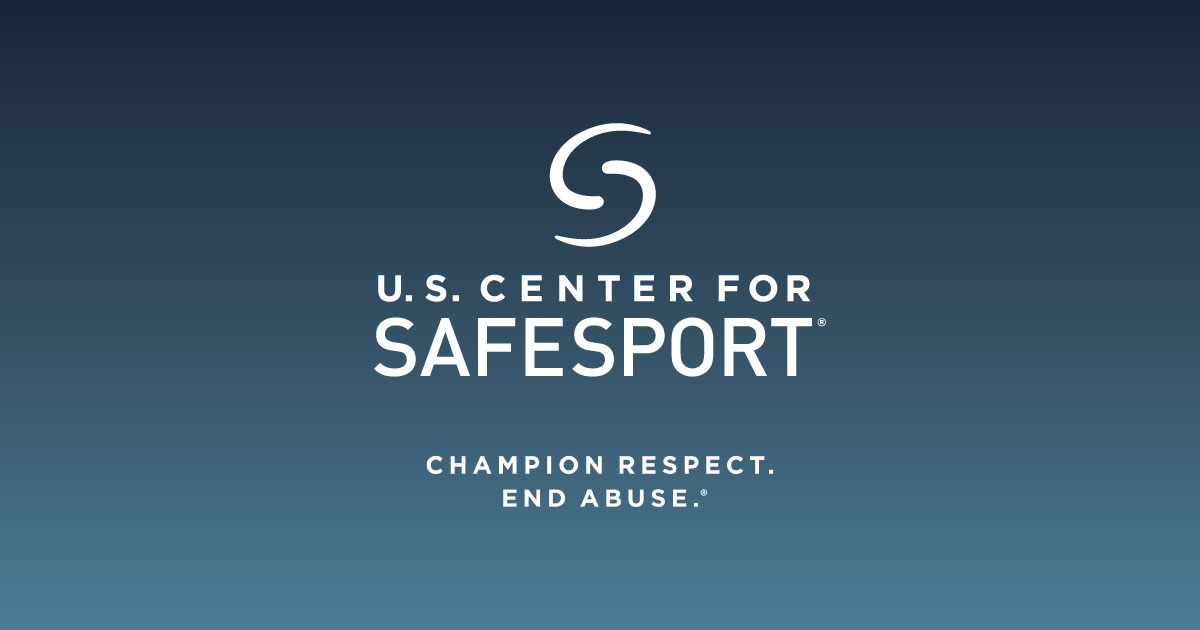
Policies and Training for Sports Organizations
Athletic organizations strongly prioritize athlete safety to prevent physical injury. While it is essential to promote safety procedures that minimize the risk of physical injury, it is just as important to champion athlete safety regarding various forms of abuse, including physical, emotional, verbal, and sexual abuse. According to Darkness to Light, 90% of the time, child sexual abuse is committed by someone the child knows and trusts, and 60% of the time, child sexual abuse is committed by a non-familial caregiver or leader in the child’s life, like a priest, teacher, or coach. Two of the most important ways to address that safety concern are through policies and specialized training. The following questions are essential to understanding why these two components of child protection are necessary to make sure young athletes continue to thrive:
What is a child protection policy?
An organization can create a child protection policy, a written statement of rules, regulations, and procedures that defines how athletes are protected within the organization's activities and programming. This protection policy extends to include interactions between adults and athletes, regulating the maintenance of the physical or virtual environment where those activities occur, background checks during the onboarding process, and other special considerations like traveling offsite or the presence of third-party vendors at athletic facilities. This type of policy is designed to keep athletes safe by eliminating opportunities for unobserved one-on-one interactions with adults, which additionally protects the adults from accusations. When carefully crafted and followed, these policies create transparency for parents and caregivers, athletes, and coaches and reduce risk for all involved.
What is a code of conduct?
A code of conduct is a set of guidelines that defines standards and establishes norms of conduct between adults and athletes within an organization. Based on the child protection policy, the code of conduct promotes safer interactions between adults and athletes. While a child protection policy is usually several pages and much more detailed, a code of conduct is a condensed, more accessible version that is one page long and/or publicly displayed on a poster in a visible area in the organization. A code of conduct expresses a simplified approach to daily interactions that keeps athletes safe during their training, practice, and participation in their sport.
You can download the Coach Athlete Pledge for your organization.
You can also request a Coach Athlete Code of Conduct sign for your facility.
What are examples of other policies? Why do they matter?
A child protection policy can be a comprehensive document where all facets of child protection practices within an agency are listed, such as procedures on documentation, reporting, and violations. Other times, additional policies may be needed to address issues that are unique to the way the organization provides its services and are not otherwise addressed in a child protection policy. For example, some organizations have a virtual learning environment policy that governs interactions between adults and athletes on online platforms. These platforms can be used as a grooming tool for perpetrators hoping to remove boundaries. A specialized policy can help to ensure that interactions are still monitorable and exclude one-on-one interactions. Specialized policies like this address unique concerns that would not otherwise be addressed in a child protection policy. Additional policies may need to be created in consideration of circumstances pertaining to athletes in your organization’s specific culture. Wherever there is a risk, a written and enforceable policy is crucial to ensure consistent protection for athletes and to determine if intervention is needed. Policies help to hold everyone accountable and create standards of acceptable conduct.
How does training relate to policies?
Policies help to define the rules, regulations, and procedures of child protection. Trainings provide organization members with the knowledge and skills needed to understand the policy and how to best respond to policy violations as an active bystander and reporter. For instance, trainings can include trauma-informed best practices and the nuances of how to respond to athlete disclosures of abuse, which may have happened in your facility with another adult or one of their peers, at another organization, or at home.
Why is specialized training important?
Training is important because it prepares you to not only fulfill your legal obligation as a mandated reporter but also to provide needed intervention when an adult crosses a boundary, you notice signs of abuse, or an athlete discloses such to you. Training helps to provide reasoning and evidence for why your policies are important. It is easier to ignore a policy if you don’t think it is relevant. If, on the other hand, your training informs you of the impact of sexual abuse, educates you on the signs of sexual abuse, and provides evidence-based practices on how to prevent and respond to it, then the policy is much more likely to be successful and lower the risk of abuse.
If you’d like to learn more about how you can create and implement policies and trainings within your team or organization, the following resources serve as a great starting point:
CJ Akins
Child Protection Consultant
.jpeg)



